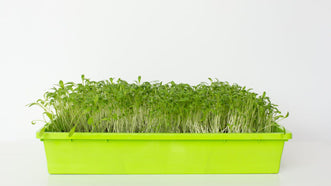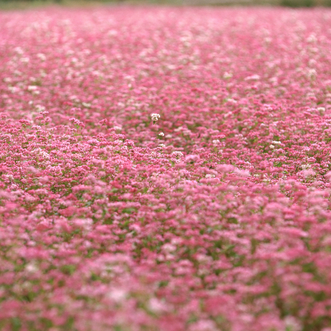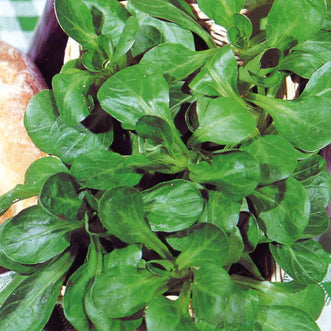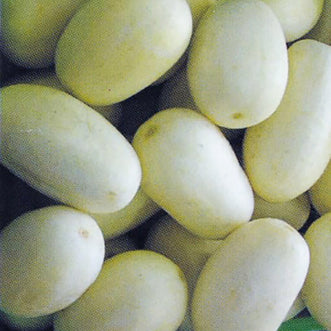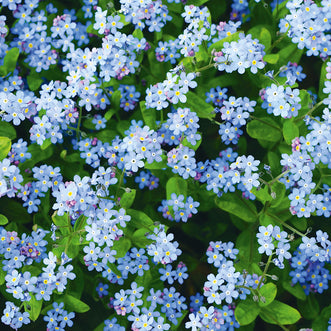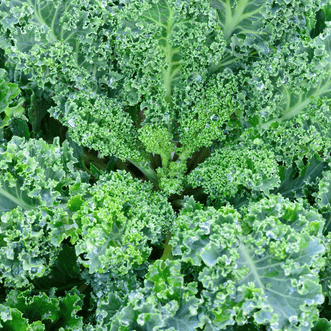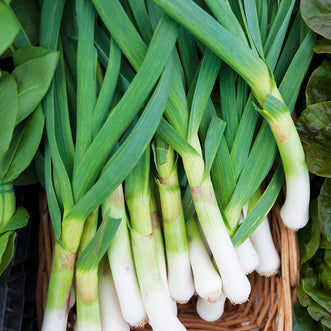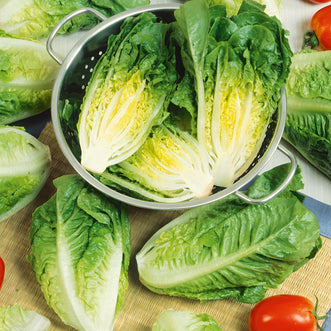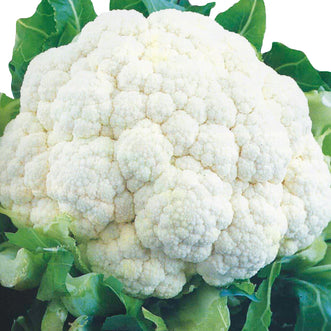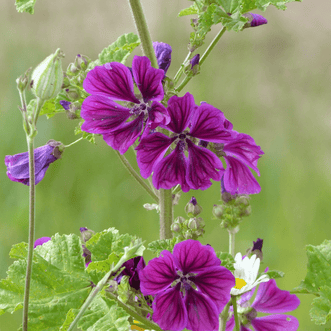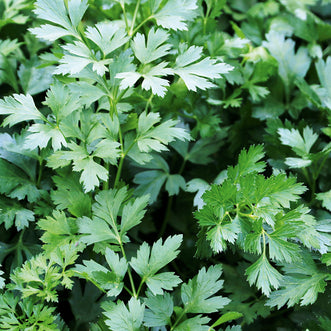Cucumber Tips

Related species Rockmelon - Cucumis melo “like a melon”.
HISTORY
The cucumber is native to India, where it has been grown for nearly 3000 years. In 1970 there was an excavation at the Spirit Cave site on the Burma-Thailand frontier where they found seeds of cucumbers, beans and water chestnuts that according to radiocarbon dating, had been consumed as early as 9750BC.
A full identification of the first wild cucumbers has never been made but evidence possibly points to C. hardwickii which is a small bitter native of the Himalayas. Bitterness in cucumbers seems to be a natural protective device derived from these wild ancestors and comes from the cucurbitacins, a terpene derivative that repels certain insects as well as humans.
Cultivated as a common food in ancient Egypt, the preference was to dip them in brine. National Garden Bureau research found another use was to cut a hole in the ripe cucumber and stir the insides with a stick. Then the hole was plugged and the fruit buried in the earth for several days where the pulp converted to liquid known as "cucumber water" which was then consumed as a weak liquor.
Cucumbers have been favoured by royalty for many centuries. Emperor Tiberius commanded cucumbers on his table every day, forcing his gardeners to get creative with portable hothouses that could be moved into the sunshine all year round.
GROWING TIPS
Cucumbers love to sunbathe so choosing a site in full of sun is important. The soil needs to be light, fertile and well-drained with plenty of compost. A soggy garden will result in disease and a smaller overall yield.
Space your seeds approximately 15cm (6") apart as the standard mature vines will spread 1 metre. Covering with light soil or sand and keeping moist, seedlings should emerge in about one week if the soil temperature is approximately 20 degrees celsius.
If it is a little cold, you can get a head start by sowing seeds in pots indoors, about 2 or 3 weeks before the last frost. Harden the seedlings off for several days before planting out in the garden.
To germinate, Cucumbers like:
Warmth – ideally 23 to 30 degrees C
Without bottom heat, sow cucumbers September 1st at very earliest
Under 20 degrees, you will achieve gradual germination
Under 10 degrees, NO germination
Cucumbers:
Are 99%+ water so need lots of moisture
Like rich, well limed and well drained soil
Like to be sown indoors and then transplanted AFTER last frosts
Should be transplanted when first true leaves (after cotyledon stage) appear and before the second set of leaves come out
Good for your bowel, your skin and for regulating blood sugar levels.
What does parthenocarpic mean?
Applies to some hybrid varieties that can set fruit without being pollinated.
Usually grown commercially in glasshouses out of season.
Set fruit on female flowers NOT male flowers.
What does gynoecious mean?
All female flowers thus much higher yield potential.
Most common diseases
Powdery mildew – appears on tops of leaves and white in colour
Downy mildew – appears under leaves and grey in colour
Mosaic virus – mottling on leaves, stunted plant growth and ill thrifty fruit
Scab – self explanatory and less common in NZ
Different styles of Cucumber:
Telegraph
Tendergreen (ORG), English Greengrocer F1, Green Dragon F1, Oriental Soo Yoh and Tasty Queen F1
Determined by length 30cm (12”) long, thin skinned, non bitter, seed bland or under developed.
Slicer
Marketmore (ORG), Lombardy White, Spacemaster
Length 20cm (8”) long, shorter/ fatter/ more compact than Telegraph with thicker skin - would generally peel these varieties.
Pickling/Gherkins
Homemade Pickles, Pick a Bushel F1
Harvest at smaller size for pickling
Novelty
Lemon (ORG), Crystal Apple, Poona Kheera
Non conventional cucumbers
Oriental
Eun Cheon F1, Oriental Soo Yoh, Tasty Queen F1
Creamier coloured flesh (as opposed to white) with thinner skin
Traditional Japanese style of cucumber used for pickles
Slightly ribbed skin.
Seedless
Diva F1
15 to 20cm
Beta/Alpha
Iznik F1 (10cm)
Lebanese Medici F1
Muncher
Paska F1
20cm
OTHER INTERESTING HISTORICAL BITS & PIECES
Cucumbers are very adaptable and have been grown in diverse places such as space and underground in a nickel mine.
During the 1st century AD, Roman gardeners fashioned frames and covered them with panes of silicates. This diffused light and was used as we now use cold frames.
Physicians of the 17th century prescribed placing fever patients on a bed of cucumbers which is where the term "cool as a cucumber" originates from.
The most famous pickled cucumber of the 19th century was the one first preserved by HJ Heinz of Pittsburgh. Heinz began bottling pickles in 1870 to provide a tasty addition to the monotonous diet of meat and potatoes. His idea was not only an instant success, it also spurred interest in cucumber hybridization.
SO MUCH MORE THAN A CUCUMBER...
- Rubbing a cucumber slice over your bathroom mirror eliminates the fogging up.
- Place a few slices in a small aluminium pie tin to repel bugs and slugs. Apparently the cucumber and aluminium give off a scent that makes pests flee the area.
- Fight the afternoon or evening snack craving by eating cucumber. They are a good energy restorer and beat that coffee or tea caffeine fix, lasting for several hours.
- Avoid a hangover or headache by eating a few slices before going to bed. The sugar, B vitamins and electrolytes replenish the nutrients your body needs.
- Give your shoes a quick polish with a slice of cucumber. Provides a great shine that also repels water.
- Fix a squeaky hinge by rubbing it with a cucumber slice.
- Eliminate bad breath by pressing a slice of cucumber to the roof of your mouth for 30 seconds.
- Clean taps, sinks and stainless steel with a slice of cucumber. Apparently it even removes tarnish and leaves no streaks.
- Run the outside of a cucumber over pen, crayon or marker writing. It will slowly remove those adorable scribbles made by small people on your walls.
TIP:
If your cucumbers have grown too big, cut the skin off and scoop the seed out. This just leaves the solid sweet flesh to use which is good in salads, sandwiches and salsa.





